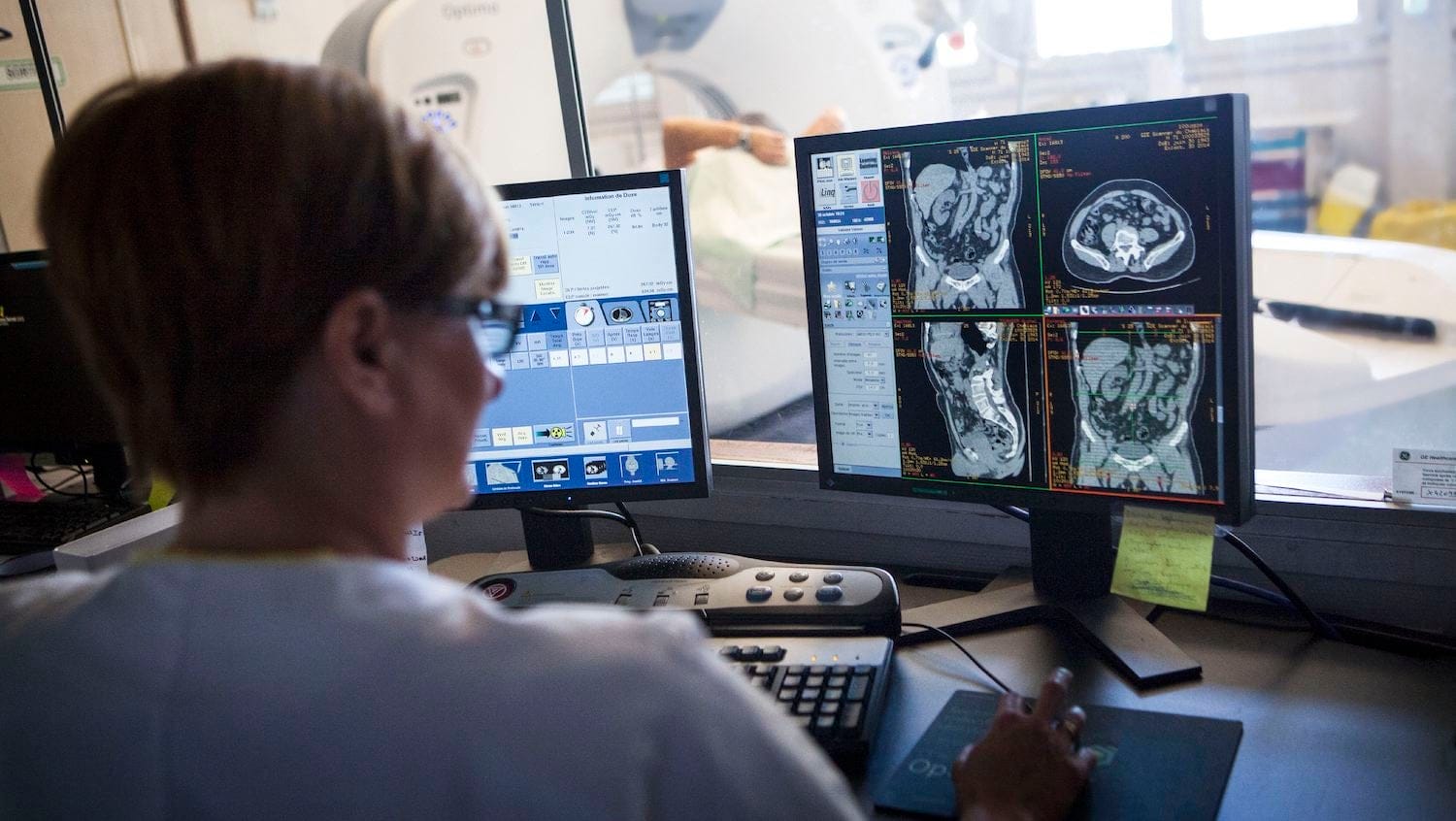To Care for the Growing Number of Transgender Patients, Radiologists Must Evolve and Learn
June 6, 2019

Getty Images
Without appropriate knowledge of gender affirming surgeries and their impact on imaging, radiologists may overlook or misdiagnose conditions such as prostate cancer, a new paper says.
CONTEXT | An estimated 1.6 million transgender adults live in the United States, a number that is growing as stigma decreases and visibility and acceptance increase. Despite the increasing prevalence of gender affirming therapy — a range of surgical procedures and hormonal treatment that brings sexual features into alignment with a person’s gender identity — the literature on imaging following gender reassignment surgery is still lacking. Radiologists must be prepared to understand the different imaging appearances of trans patients to ensure proper care.
STUDY OBJECTIVE | To establish the normal expected imaging appearance of post-operative female-to-male and male-to-female gender affirmation therapies, educate radiologists on normal post-operative anatomy, and delineate the complications that radiologists should be aware of as they interpret images.
FINDINGS | The authors were able to summarize the surgical interventions involved in female-to-male and male-to-female surgeries, while providing examples of the associated expected results for CT, MRI, and fluoroscopic imaging.
PULL QUOTE | “Correct terminology and use of preferred pronouns demonstrate understanding and genuine care for this patient population. Even the recognition and use of the term ‘gender affirmation surgery’ instead of ‘gender reassignment surgery’ carries more empathy and compassion for the people electing to undergo this surgery… Appropriate education and training of radiology faculty and staff will help create a positive experience with the department of radiology.”
SO WHAT? | Transgender patients are often subject to stigma, discrimination, and bias, making provider sensitivity to their anatomy and healthcare needs of utmost importance. Patients may undergo imaging years after their gender reaffirming surgery for unrelated pain or other issues. Without appropriate knowledge of gender affirming surgeries, hormone therapies, and cosmetic injections, as well as their impact on imaging appearance, radiologists may overlook or misdiagnose conditions such as prostate cancer in these patients.
Source. Shergill AK, et al. (2019). Imaging of Transgender Patients: Expected Findings and Complication of Gender Reassignment Therapy. Abdominal Radiology.



